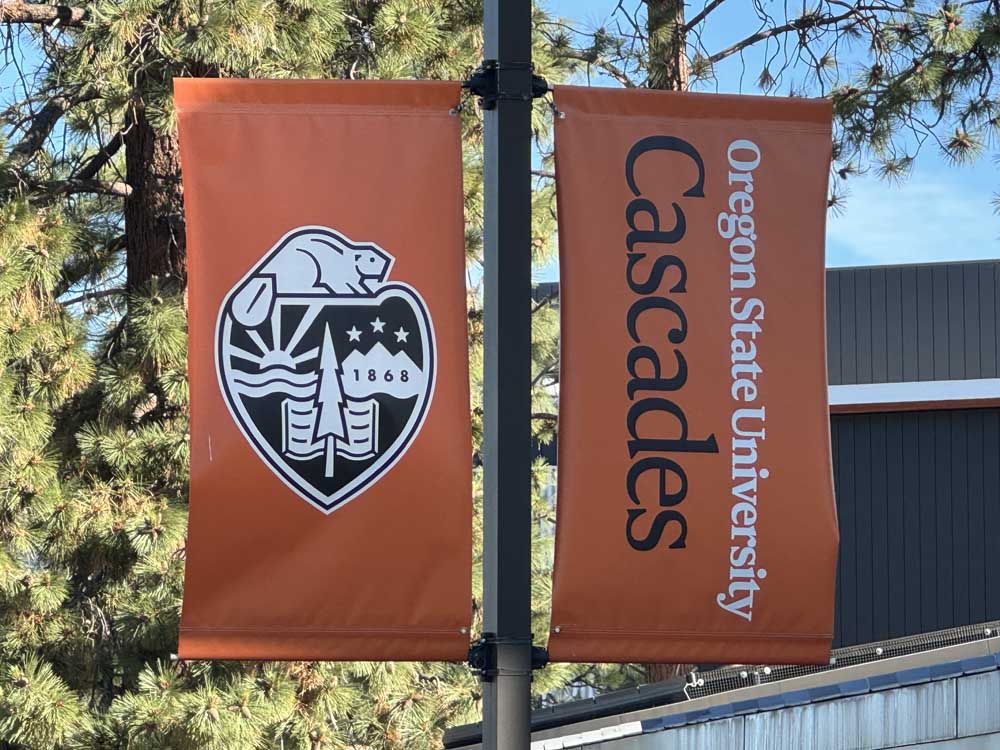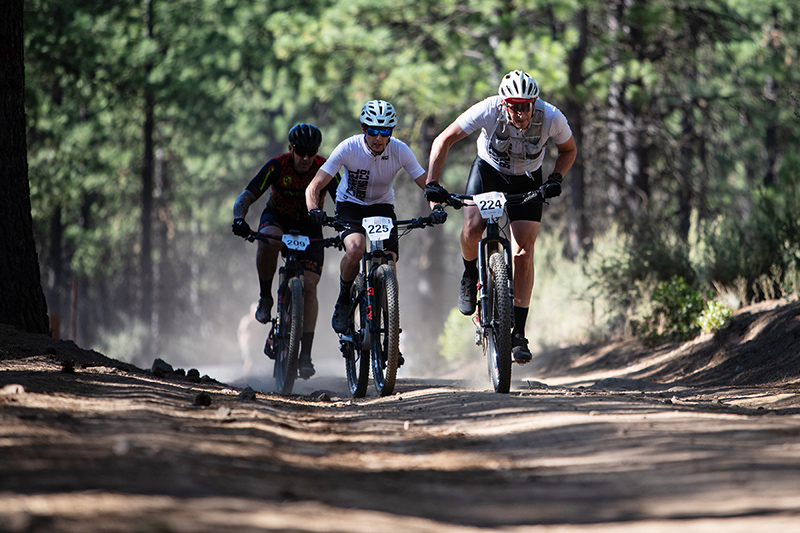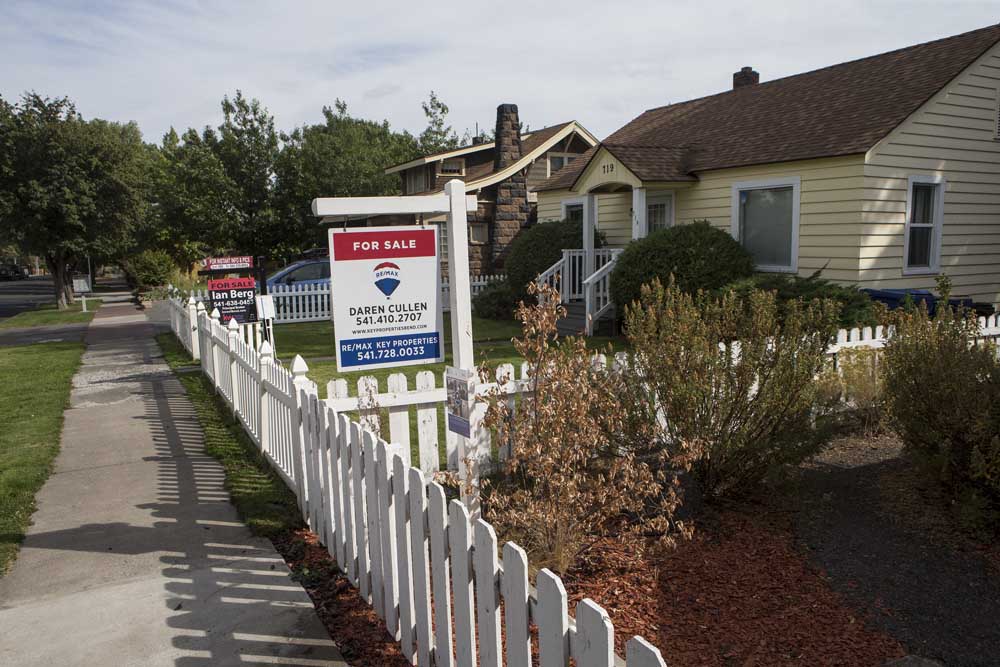Editorial: OSU-Cascades stuck low on the list again for state funding
Published 5:00 am Friday, June 14, 2024

- OSU-C banners
OSU-Cascades is seventh or maybe eighth on a state list that plays a key role in what future funding it will get for expanding the campus.
Why does that matter?
Trending
The proposed student health and recreation center at Oregon State University-Cascades lost before because it was so far down the list. It may well lose again with this list that is being readied for the Legislature’s 2025 session. Members of the commission reviewed the new list this week.
In the past, legislators making the decision about what buildings get funded have looked at how much money they want to allocate. Then, they have looked at the list of university capital projects prioritized by the Higher Education Coordinating Commission. They go down the list and when they run out of money, projects get dropped.
It makes sense. Other campuses have needs, too. Priorities need to be set. But the needs of a new campus, such as OSU-Cascades, are not the same as long-standing campuses.
The rubric for prioritizing projects penalized the campus in the past, because it was essentially created for existing campuses and “did not contemplate a new campus,” wrote former state Sen. Neil Bryant, R-Bend, in a letter to the commission. He was once the commission’s chair. The commission took action at the time to ensure a new campus could get started. There is a new rubric but a similar concern. The commission now needs to take action so OSU-Cascades is able to provide the same sorts of services to students that they receive at other campuses.
The money for the student health and recreation center would create 40,000 square foot for “students for mental health counseling, clinical health services, and exercise and recreation facilities” and remediate 23 acres of landfill for future campus development.
The project has strong community support.
Trending
Katy Brooks, CEO of the Bend Chamber; Steve Gordon, the CEO of St. Charles Health System; and Lisa Hale, the CEO of Grace Bio-Labs, wrote a joint letter to the commission.
“The absence of a clinical health space means students faced with even small health issues are required to go off-campus and look toward inaccessible options due to cost, timely appointments, and insurance coverage,” their letter said. “And, this is likely the only university in Oregon, public or private, without dedicated exercise and recreation facilities.”
What makes the OSU-Cascades special is also the student contribution. The request to the state for the student health center is for $42 million out of a total cost of double that. OSU-Cascades students voted to tax themselves to help fund the project — some $20 million worth.
The project is even repurposing land that was once a pumice mine and landfill and transforming it into a place of learning.
The commissioners and later legislators will face difficult choices among a long list of education priorities. They need to ensure OSU-Cascades is not punished because it is new.








